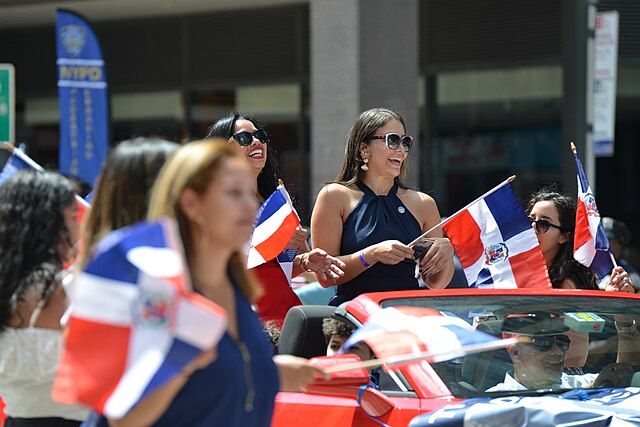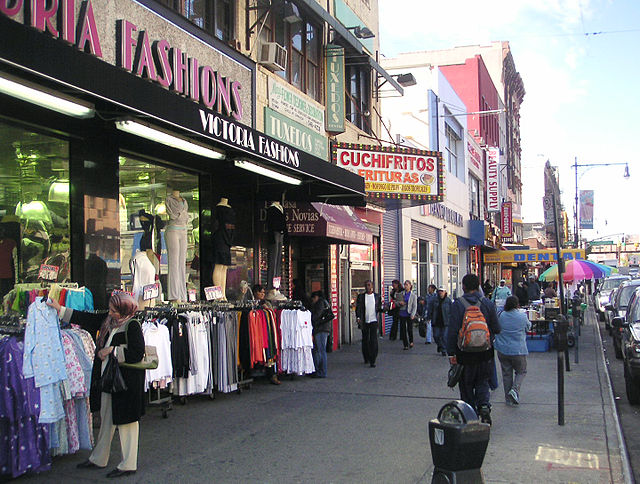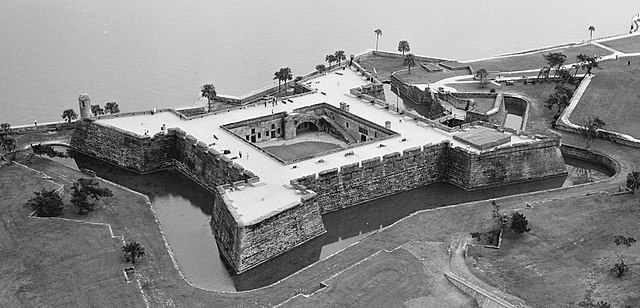Dominican Americans are Americans who trace their ancestry to the Dominican Republic. The phrase may refer to someone born in the United States of Dominican descent or to someone who has migrated to the United States from the Dominican Republic. As of 2021, there were approximately 2.4 million people of Dominican descent in the United States, including both native and foreign-born. They are the second largest Hispanic group in the Northeastern region of the United States after Puerto Ricans, and the fifth-largest Hispanic/Latino group nationwide.
Juan Pablo Duarte memorial, Roger Williams Park, Providence, Rhode Island
Dominicans in New York Dominican day parade.
Dominican NYCDOC officers in the Dominican day parade, New York.
Dominican flag dress in Dominican Day Parade.
Hispanic and Latino Americans
Hispanic and Latino Americans are Americans of Spanish and/or Latin American ancestry. These demographics include all Americans who identify as Hispanic or Latino regardless of ancestry. As of 2020, the Census Bureau estimated that there were almost 65.3 million Hispanics and Latinos living in the United States and its territories.
The Spanish Harlem Orchestra in Manhattan. New York City is home to nearly 3 million Latino Americans, the largest Hispanic population of any city outside Latin America and Spain. Hispanic and Latino immigrants to New York originate from a broad spectrum of Latin American countries.
Storefronts at Lexington Avenue and 116th Street at East Harlem, Manhattan, also known as Spanish Harlem or "El Barrio"
The Church of Our Lady of Guadalupe in Little Spain on 14th Street in Manhattan, an important nucleus for many decades for the Spanish community in New York City
Castillo de San Marcos in Saint Augustine, Florida. Built in 1672 by the Spanish, it is the oldest masonry fort in the United States.








